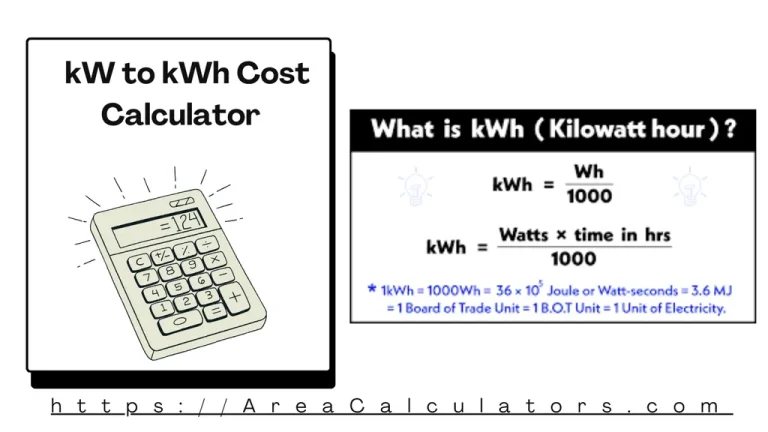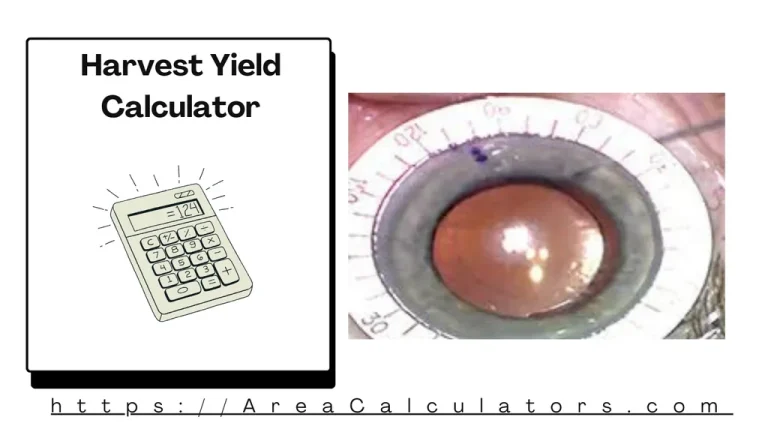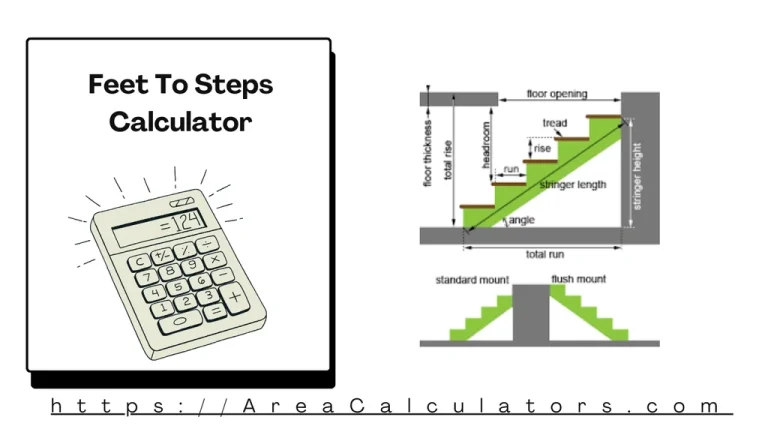Scale Resolution Calculator (Resolution to Scale Conversion)
To determine the scale from resolution, multiply the resolution (R) by the pixels per inch (PPI) of the display, and express the result as a 1:(R × PPI) scale ratio.
To determine the scale from resolution, multiply the resolution (R) by the pixels per inch (PPI) of the display, and express the result as a 1:(R × PPI) scale ratio.
The Scale Resolution Calculator simplifies the process of converting digital resolution to physical scale. This is particularly useful for gaming, digital design, and screen optimization, where precise scaling ensures the best visual output.
Scale = 1 : (R × PPI)
| Variable | Description |
|---|---|
| R | Resolution in pixels, typically expressed as width × height (e.g., 1920 × 1080). |
| PPI | Pixels per inch of the display, representing screen density. |
Example 1: Calculate Scale for 1920×1080 Resolution with 100 PPI
| Step | Value |
|---|---|
| Resolution (R) | 1920 × 1080 |
| Pixels Per Inch (PPI) | 100 |
| Scale | 1 : (1920 × 100) |
| Final Scale | 1 : 192,000 |
Example 2: Calculate Scale for 2560×1440 Resolution with 110 PPI
| Step | Value |
|---|---|
| Resolution (R) | 2560 × 1440 |
| Pixels Per Inch (PPI) | 110 |
| Scale | 1 : (2560 × 110) |
| Final Scale | 1 : 281,600 |
The Scale Resolution Calculator is a practical tool designed to help convert a resolution’s pixel dimensions into a corresponding scale. It’s particularly useful for optimizing video game settings, display configurations, or digital graphics projects.
This tool simplifies the calculation of scaling factors needed to adjust resolutions for specific aspect ratios or screen sizes without distorting the image quality.
To use this calculator, you input the original resolution (e.g., 1920×1080) and the desired resolution (e.g., 2560×1440). The tool then computes the scaling factor as a percentage or ratio, enabling precise adjustments.
For instance, scaling 1920×1080 to 1280×720 results in a downscale ratio of 0.67x or 67%.
This tool proves invaluable for gamers, graphic designers, and video editors who need to balance resolution with performance or adapt content for various screen sizes.
In summary, the Scale Resolution Calculator simplifies converting resolution to scale, ensuring accuracy in display adjustments. Whether scaling up or down, it guarantees a smooth and visually consistent outcome for any application.

To calculate kW to kWh Cost, divide the total cost (TC) by the product of power in kilowatts (P) and time in hours (T). This determines the cost per kilowatt-hour (kWh), helping you evaluate energy expenses efficiently. The kW to kWh Cost Calculator is a vital tool for estimating electricity expenses based on power usage…

To calculate the weight of barbed wire, multiply the weight per unit length by the total length. This ensures an accurate estimation for various fencing projects. The Barbed Wire Weight Calculator is an essential tool for farmers, contractors, and fencing professionals. It simplifies the process of determining the total weight of barbed wire needed for…

To calculate the harvest yield, divide the area of the harvested land by the number of crops planted, then divide by the time taken for harvesting. The Harvest Yield Calculator is an essential tool for farmers, agricultural experts, and researchers. It simplifies the process of estimating crop production by taking into account key variables like…
To determine port length for a subwoofer or speaker enclosure, the formula considers port diameter, desired tuning frequency, enclosure volume, and other factors. The Port Length Calculator is a critical tool for audio engineers, DIY enthusiasts, and car audio builders aiming to design subwoofer enclosures or bass reflex systems. The correct port length affects tuning…

Multiply the distance in feet by 0.413 to estimate the number of steps. The Feet to Steps Calculator helps convert a given distance in feet into an approximate number of steps based on an average step length. This is particularly useful for fitness tracking, planning walking routes, or estimating effort required for a specific distance….

To calculate the amount of mulch needed, multiply the area in square feet by the desired depth in inches and divide by 324. The Mulch Calculator simplifies the process of determining how much mulch is required for landscaping or gardening projects. Mulch is essential for retaining moisture, regulating soil temperature, and enhancing garden aesthetics. Formula…